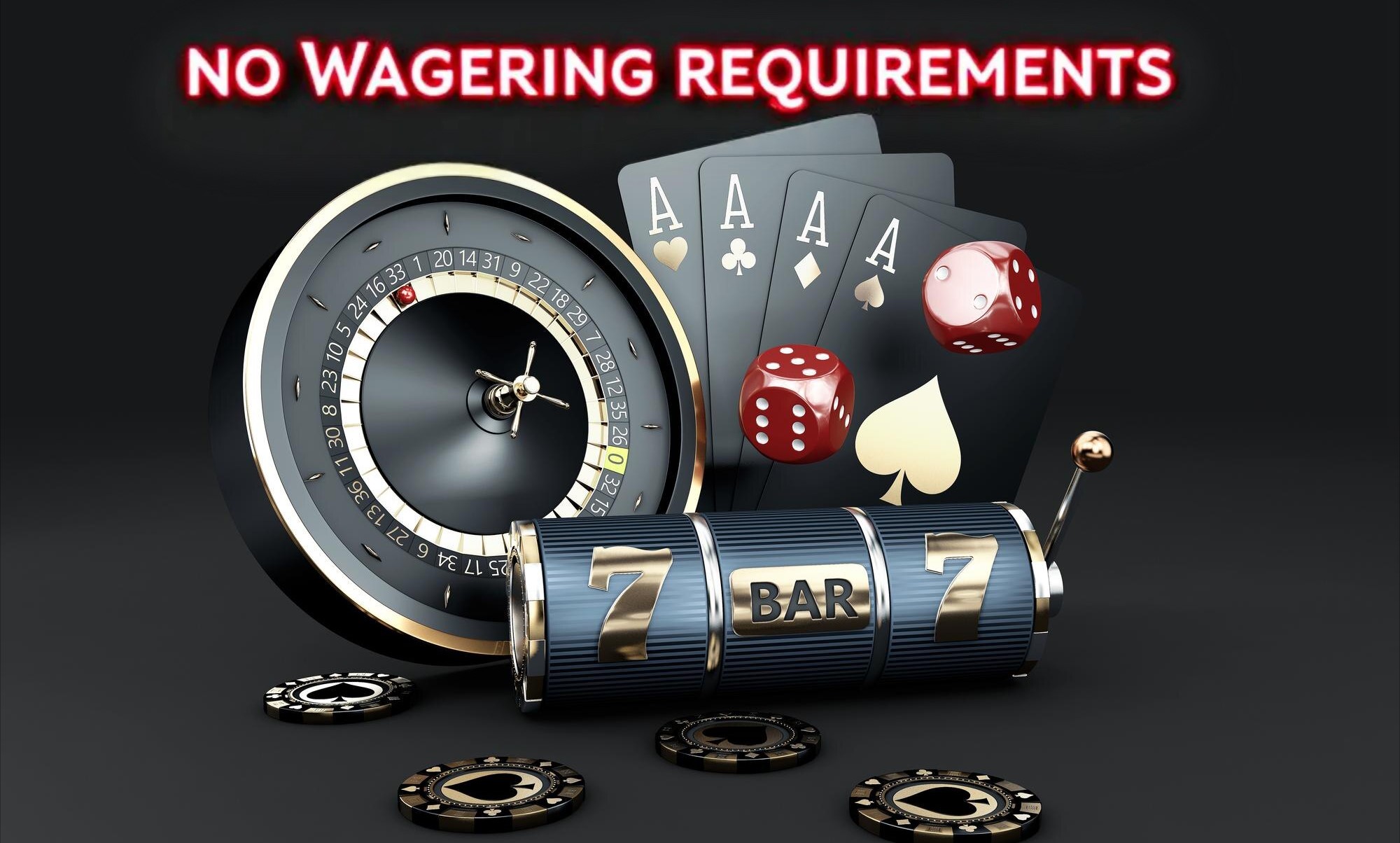Have you ever wondered why Indian bookmakers impose limits on how much you can bet or win? It’s a curious topic that often puzzles both casual bettors and seasoned gamblers alike. These limits aren’t random—they serve multiple purposes, from regulatory compliance to business risk management. Let’s break down what these limits are, why they exist, and how they impact your betting experience.
What Are Betting Limits?
Betting limits refer to the boundaries set by bookmakers that dictate the minimum and maximum amounts you can wager on a single bet, as well as the maximum payout you can receive from a winning bet. These limits act as guardrails to keep the betting activity within a manageable scope for both the player and the bookmaker. Essentially, they define how much money you can put at risk and how much you stand to gain in one go. The range of these limits is not uniform; it varies significantly depending on the bookmaker’s policies, the type of sport or event, and even the specific kind of bet you are placing.
At the core, there are two main types of limits: stake limits and win limits. Stake limits control the size of your wager on any particular bet, meaning you can only bet within a certain monetary range as determined by the bookmaker. This prevents you from placing either trivially small bets or extraordinarily large bets that might expose the bookmaker to excessive risk. On the other hand, win limits cap the amount of money you can take home from a single bet or over a defined time period, such as daily or weekly winnings. This ensures that while you can enjoy potentially profitable outcomes, there is a ceiling that keeps payouts predictable and manageable for the bookmaker.
These limits are not arbitrary; they are influenced by a variety of factors. For example, popular sports like cricket or football often have higher betting limits due to their large betting volumes and liquidity in the market. Conversely, niche sports or unusual bet types might carry lower limits because of their smaller audience and higher uncertainty. Additionally, live or in-play betting markets typically have lower limits than pre-match bets due to the fast-paced nature and increased volatility. These variations mean that betting limits are a dynamic part of the betting ecosystem, changing depending on the risk profile and market demand.
For bettors, understanding these limits is crucial because they affect how you strategize your bets. Knowing the maximum stake you can place helps in planning how much you want to risk per game, while being aware of win limits manages expectations around potential payouts. It also encourages responsible gambling by preventing overly large wagers or runaway winnings that could have negative financial consequences for either party. In summary, betting limits serve as essential controls that balance the interests of the bookmaker and the bettor, helping to maintain a fair and sustainable betting environment.
Why Do Indian Bookmakers Set Limits?
Indian bookmakers set betting limits for several important reasons that go beyond just restricting how much you can wager or win. These limits serve to protect both the bookmaker’s business and the bettors themselves. Here’s a detailed breakdown of why these limits exist:
- Managing Financial Risk: Bookmakers need to safeguard their business from huge financial losses. Allowing extremely large bets could result in massive payouts that might bankrupt the bookmaker or severely damage their operations. Limits help keep potential losses within manageable bounds.
- Maintaining Market Stability: Excessively large bets can disrupt the balance of betting markets, causing odds to shift dramatically or unfairly. Limits help maintain a stable and fair betting environment for all players.
- Compliance with Complex Legal Frameworks: India’s gambling laws vary greatly by state and often include strict rules about maximum bets and payouts. Bookmakers must impose limits to stay within these legal requirements and avoid penalties or license revocation.
- Taxation Requirements: Some states impose taxes or levies on gambling activity based on turnover or winnings. Betting limits help bookmakers manage these tax obligations more efficiently by controlling betting volumes and payout sizes.
- Preventing Fraud and Money Laundering: Large, unusual bets can be signs of illicit activities like money laundering or fraud. Betting limits act as a barrier to suspicious high-stake transactions and allow bookmakers to monitor and flag potentially fraudulent behavior.
- Detecting and Controlling Problem Gambling: Limits help protect players from chasing losses or betting more than they can afford. By capping stakes and wins, bookmakers encourage responsible gambling and reduce the risk of addiction.
- Ensuring Fairness to All Bettors: Without limits, a few high-stake players could dominate the betting markets, disadvantaging casual bettors. Limits level the playing field, allowing more people to participate fairly.
- Controlling Operational Risks During Live Events: In-play betting can be fast and volatile. Lower limits during live events help bookmakers control sudden risk spikes due to rapid odds changes or insider information.
- Adjusting to Market Liquidity: Betting limits reflect how much money is typically wagered on a sport or event. Popular markets with high liquidity can support higher limits, while niche or less liquid markets have lower limits to avoid imbalances.
- Enhancing Customer Trust: Clear, enforced betting limits demonstrate that a bookmaker is serious about maintaining integrity, protecting players, and running a sustainable business, which builds bettor confidence.
How Betting Limits Affect You as a Bettor
| Impact on Bettor | Description | Emotional Response | Practical Effect | How to Adapt |
| Frustration Over Capped Bets | You may want to place large bets but are prevented by maximum stake limits. | Disappointment, impatience | Limits the size of your single wagers | Split your stake into smaller bets across markets |
| Restricted Big Wins | Even if your bet wins big, the payout might be capped by the bookmaker’s maximum win limit. | Annoyance, feeling “held back” | Potential winnings are limited, reducing large payouts | Adjust expectations; place multiple smaller bets |
| Encourages Responsible Betting | Limits act as safeguards to prevent over-betting or chasing losses beyond your budget. | Safety, reassurance | Helps control betting habits and avoid addiction risks | Set personal budgets and stick to them |
| Changes Betting Strategy | Limits force bettors to think strategically about how and where to place bets for best value. | Challenge, motivation | Promotes diversification and smarter bet planning | Use multiple bookmakers or different bet types |
| Influences Market Choice | Some sports or bet types have lower limits, which may affect where you focus your betting efforts. | Adaptation, exploration | Limits betting options on niche or volatile markets | Focus on markets with higher limits and liquidity |
Types of Betting Limits in India
When you start betting with Indian bookmakers, you’ll quickly notice that there are different types of limits in place to regulate how much you can wager and win. One of the most common types is the minimum bet limit. This is the smallest amount of money you must stake to place a bet. Typically, these minimum limits are quite low, often ranging from ₹10 to ₹50. The purpose behind having a minimum bet is to ensure that the bookmaker covers the operational costs of processing bets. It also helps maintain a certain standard in the betting market by filtering out negligible bets that could otherwise clutter the system.
On the flip side, there are maximum bet limits, which are designed to restrict the largest amount you can wager on a single bet. These maximum limits vary significantly depending on factors such as the sport, the type of bet you want to place, and the specific bookmaker’s policies. For instance, cricket, being a hugely popular sport in India, usually allows higher maximum stakes, sometimes up to ₹50,000 or more on a single bet. However, for less popular or more niche sports, the maximum stake could be much lower, often around ₹10,000. These limits help bookmakers manage their risk exposure and avoid potential large losses from one big wager.
Another important type of limit is the maximum win limit, which caps the amount of money you can receive as a payout from a single bet or within a certain period, such as daily or weekly. This limit is crucial because it prevents bookmakers from having to pay out excessively large sums that could jeopardize their financial stability. In India, maximum win limits could be set at a few lakhs of rupees depending on the bookmaker and the betting market. These caps ensure that while you can still enjoy winning a good amount, the payout won’t spiral out of control and affect the bookmaker’s ability to operate smoothly.
Together, these different betting limits form a system of checks and balances in the Indian betting industry. They serve to protect the bookmaker’s financial health, maintain orderly betting markets, and promote responsible gambling practices among players. Understanding these limits before you place your bets is essential as it helps you plan your wagers realistically and avoid unpleasant surprises when you hit a cap on your stake or potential winnings. In this way, betting limits are not just restrictions but tools that contribute to a fair and sustainable betting experience.
Typical Betting Limits Among Popular Indian Bookmakers
- Betway India offers a minimum bet amount as low as ₹10, which makes it accessible to casual bettors and those just starting out. The maximum stake allowed on a single bet can go up to ₹50,000, providing ample room for serious players who want to place significant wagers. Their maximum payout limit is set around ₹5,00,000, ensuring that while big wins are possible, they remain manageable for the bookmaker’s financial stability.
- 10Cric has a minimum bet requirement of ₹20, slightly higher than some competitors but still affordable for most bettors. The maximum bet you can place here typically caps at ₹25,000, which is suitable for moderate bettors who prefer to keep their stakes in a mid-range bracket. The maximum winning amount on bets is approximately ₹3,00,000, which offers a good balance between player potential earnings and bookmaker risk management.
- LeoVegas India is known for its welcoming minimum bet limit of ₹10, inviting a wide spectrum of bettors, from beginners to more seasoned gamblers. It allows maximum stakes of up to ₹30,000 per bet, giving more flexibility for players looking to increase their wagers. Their payout limit is around ₹4,00,000, giving winners a substantial sum while still maintaining the bookmaker’s safeguards.
- Dafabet India requires a minimum bet of ₹20, which remains competitive in the Indian betting market. The maximum bet allowed is around ₹40,000, which caters well to higher-stake players without exposing the bookmaker to excessive risk. Dafabet’s maximum win limit sits near ₹4,50,000, striking a balance between attractive winnings and prudent financial management.
- Melbet India is notable for having one of the lowest minimum bet amounts at ₹10, encouraging broad participation from all types of bettors. What sets Melbet apart is its high maximum bet limit, which can reach up to ₹1,00,000 per wager, appealing especially to high rollers. Correspondingly, the maximum win limit is quite generous at ₹10,00,000, offering the potential for very large payouts while requiring robust risk controls from the bookmaker.
- These limits reflect each bookmaker’s strategy, clientele, and risk appetite. Lower minimum bets make platforms more accessible, while higher maximum bets and win limits cater to serious bettors who want bigger thrills and rewards. Understanding these limits is essential for bettors to choose a bookmaker that matches their budget and betting ambitions, ensuring a smooth and satisfying betting experience.
How Limits Differ Across Sports and Bet Types
| Sport or Bet Type | Typical Betting Limits | Reason for Limit Level | Impact on Bettors | Strategy to Adapt |
| Cricket | High limits | Extremely popular sport with large betting volume and liquidity | Allows for larger stakes and bigger potential wins | Take advantage of higher limits for bigger bets |
| Football | Moderate to high limits | Widely followed sport with significant betting interest | Moderate flexibility in stake sizes | Focus on popular matches to access higher limits |
| Kabaddi and Local Sports | Lower limits | Smaller audience and less betting liquidity | Restricted betting amounts, lower payout potential | Place smaller bets or diversify across markets |
| Live Betting (In-play) | Lower limits | Fast-paced betting environment with rapidly changing odds | Limits reduce risk but restrict large in-play bets | Bet strategically with smaller amounts during live events |
| Exotic Bets (Accumulators, Parlays) | Usually low limits | Higher risk and complexity with multiple outcomes | Capped stakes limit potential large wins | Use smaller stakes and spread risk across bets |
How Do Bookmakers Decide These Limits?
Bookmakers don’t randomly choose betting limits; they carefully analyze multiple factors to strike the right balance between attracting players and managing their own financial risk. One of the most important elements they consider is market liquidity. Simply put, the more people betting on a particular sport or event, the higher the liquidity, meaning there is more money flowing in and out. In highly liquid markets, such as cricket or major football leagues, bookmakers are comfortable setting higher betting limits because the large volume of bets spreads the risk. This allows them to accommodate bigger wagers without putting their business in jeopardy.
Another critical consideration is risk assessment. Bookmakers scrutinize high-profile or big events much more closely because the stakes are generally higher and the outcomes can significantly impact their bottom line. For these events, limits might be adjusted dynamically in response to how the betting action unfolds, especially in live or in-play markets where odds shift rapidly. Bookmakers need to be vigilant during these times to avoid heavy losses from sharp bettors or insider information, so riskier bets often face tighter restrictions.
Player profile also plays a key role in how limits are set. Bookmakers tend to reward loyal or high-value players, often referred to as VIPs, by offering them higher betting limits. These players typically have a history of large deposits and regular betting, making them valuable customers. By granting elevated limits, bookmakers encourage their continued engagement and foster loyalty. Conversely, newer players or those with suspicious betting patterns might face lower limits initially as a precautionary measure until they prove trustworthy.
Finally, betting history is carefully monitored to inform limit decisions. Frequent winners or sharp bettors who consistently beat the odds can be seen as a financial threat by bookmakers. To mitigate the risk of substantial payouts, bookmakers might impose lower limits on such players or restrict certain bet types. This balancing act helps bookmakers maintain profitability while still offering a fair and enjoyable betting experience for most players. Overall, the process of setting betting limits is a complex and dynamic task that reflects the bookmaker’s need to manage risk, comply with regulations, and nurture customer relationships.





